How To Create A Task Management System Design? [Ultimate Guide]
How To Create A Task Management System Design? [Ultimate Guide]
A central goal of task-centered design is to reveal interface problems to the designers who create them, before the interface hits the street. But even with task- centered design, the ability to identify interface problems is a skill that can be improved with practice. The exercises are intended, in part, to give that practice.
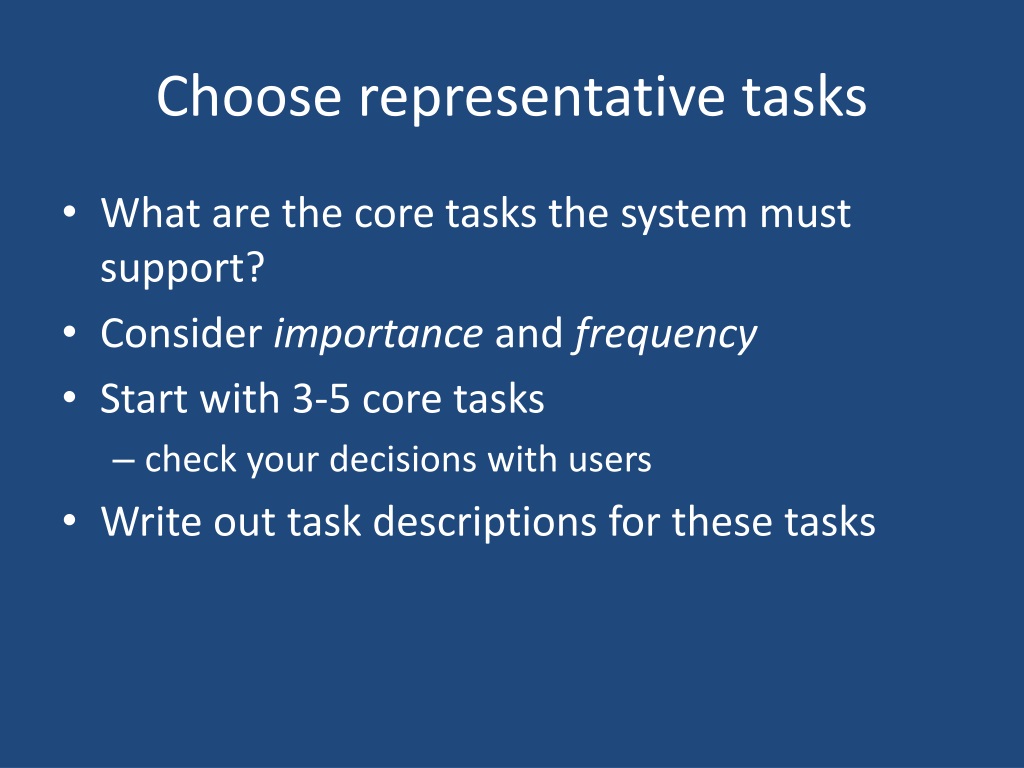
PPT TaskCentered User Interface Design PowerPoint Presentation, free download ID1521281
The foundation of good interface design is INTELLIGENT BORROWING. That is, you should be building your design on other people's good work rather than coming up with your own design ideas. Borrowing is important for three distinct reasons.

User Interface Design Process
Creating Value, Driving Innovation, and Building a Better Future with Pentagon Design. Elevate Your Customer Experience with Game-Changing Products, Services, and Designs
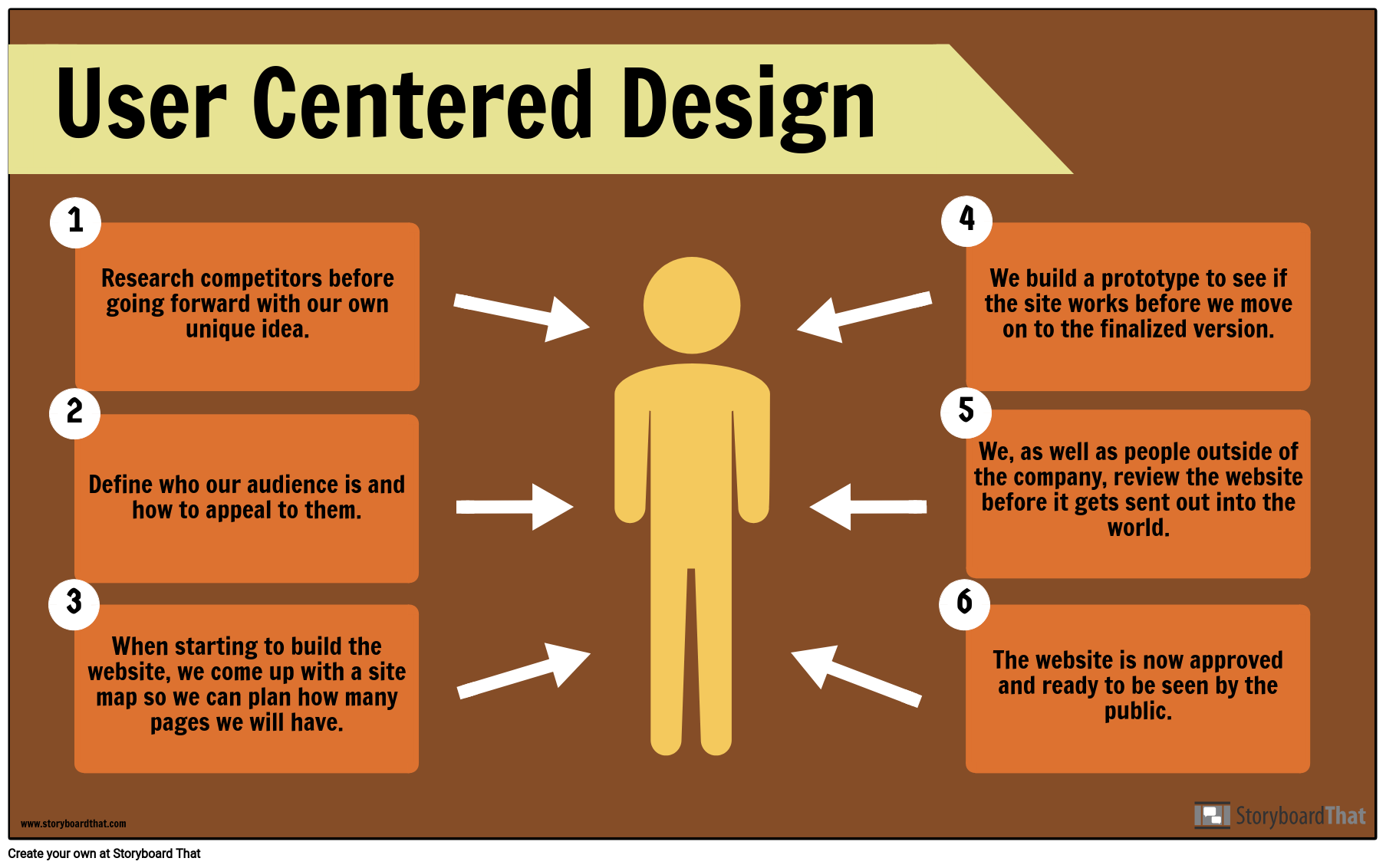
User Centered Design FREE Infographic Maker
Task-Centered User Interface Design iii * * * * * * * * * * * * * * * * * * * * * * * * * * * * v.1 * * Table of Contents * * Foreword Chapter 1. Task-Centered Design Chapter 2. Getting to Know Users and Their Tasks Chapter 3. Creating the Initial Design Chapter 4. Evaluating the Design Without Users Chapter 5. Testing the Design With Users.
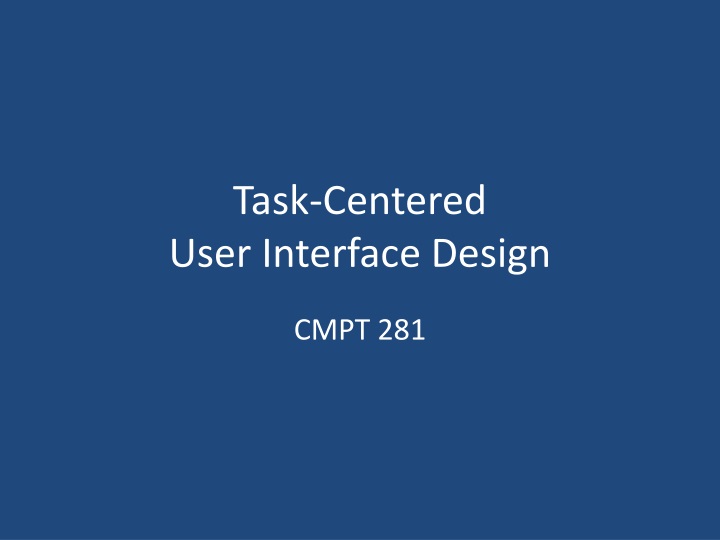
PPT TaskCentered User Interface Design PowerPoint Presentation, free download ID1521281
TASK-CENTERED USER INTERFACE DESIGN A Practical Introduction C. Lewis, J. Rieman Published 2006 Computer Science TLDR Evaluating a design without users for interface design significantly improves the chances of success, because a good evaluation can catch problems that an evaluation with only a few users may not reveal. Expand
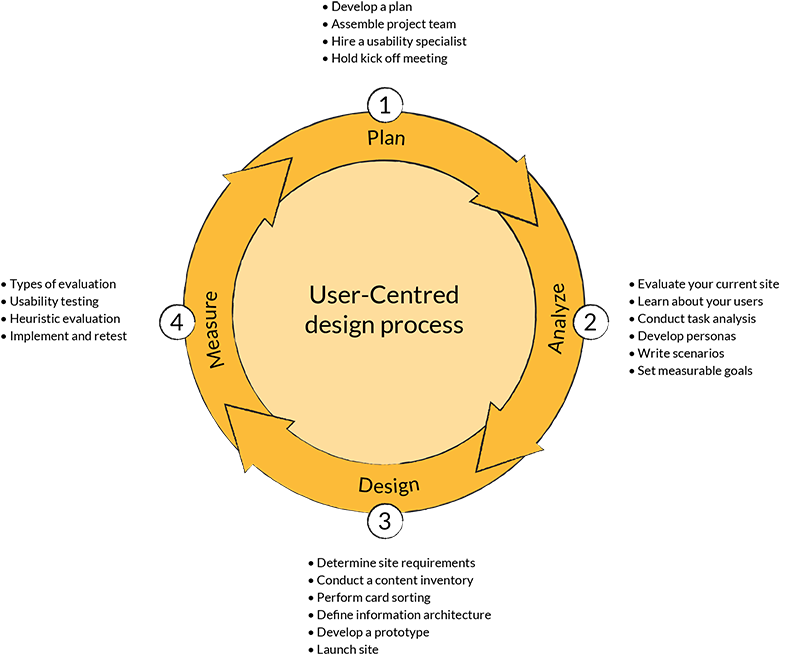
How to create an effective Interface design tailored to your Next Generation Learning audience
Task-Centered User Interface Design : 1. The Task-Centered Design Process Task-Centered User Interface Design A Practical Introduction by Clayton Lewis and John Rieman Copyright ©1993, 1994: Please see the "shareware notice" at the front of the book. Contents | Foreword | Process | Users&Tasks | Design | Inspections | User-testing | Tools |
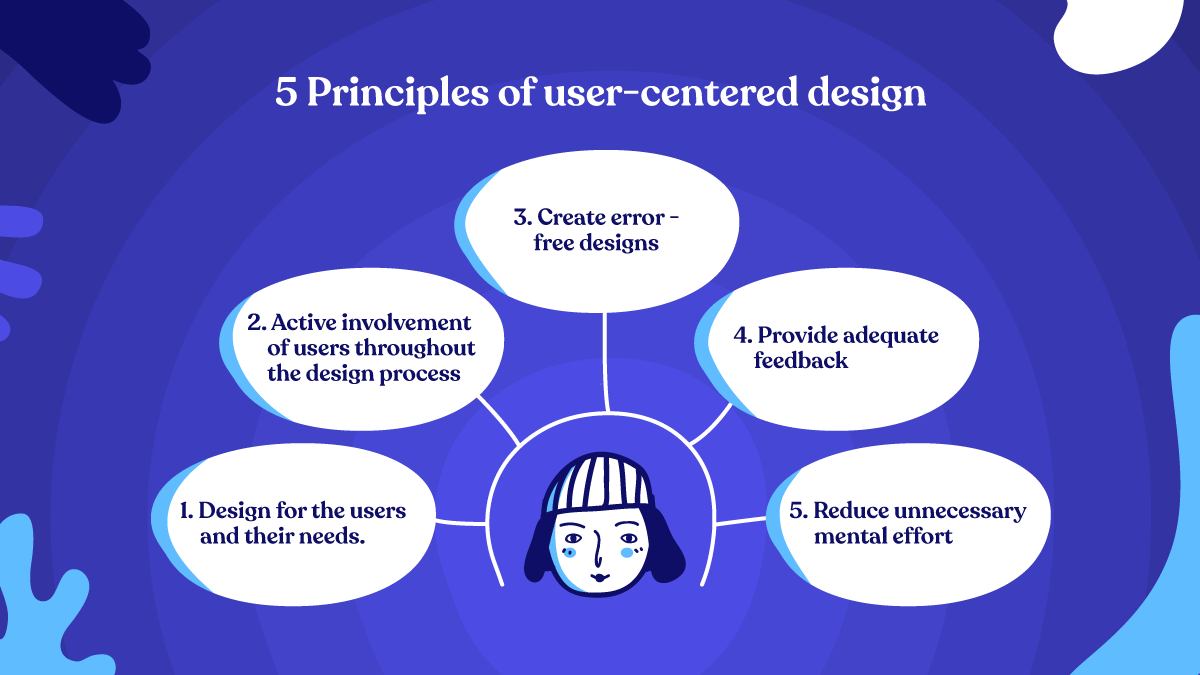
A Beginner’s Guide to UserCentered Design WowMakers
Task-Centered User Interface Design iii * * * * * * * * * * * * * * * * * * * * * * * * * * * * v.1 * * Table of Contents * * Foreword Chapter 1. Task-Centered Design Chapter 2. Getting to Know Users and Their Tasks Chapter 3. Creating the Initial Design Chapter 4. Evaluating the Design Without Users Chapter 5. Testing the Design With Users.

PPT TaskCentered User Interface Design PowerPoint Presentation, free download ID1521281
1: The Task-Centered Design Process; 2: Users and Their Tasks; 3: Creating the Initial Design; 4: Evaluating the Design Without Users; 5: Testing The Design With Users; 6: Interface Management and Prototyping Systems; 7: The Extended Interface; Appendix L. What Can You Borrow? Appendix M. Managing User Interface Development; Exercises

UserCentered Design What It Is and How to Do It Right
Task-centered system design, a variation of user centered design, is a technique that allows developers to design and evaluate interfaces based on users' real-world tasks. As part of the design, it becomes a requirements analysis (with the requirements being the tasks that need to be satisfied). As part of evaluation, the evaluator can do a.

TaskCentered User Interface Design
A variant of user-centered design, task-centered system design, is a technique that allows developers to design and evaluate interfaces based on users' real-world tasks. As part of the design, this becomes a requirements analysis (requirements are the tasks to be performed).

Task Manager Dashboard Ui Design UpLabs
TLDR. This thesis investigates the design of a user interface for a virtual reality using Oculus Rift combined with the Razer Hydra and Leap Motion as input devices and shows that the current implementation of input devices was not precise enough to be able to draw conclusions about the different user interface components. Highly Influenced. PDF.
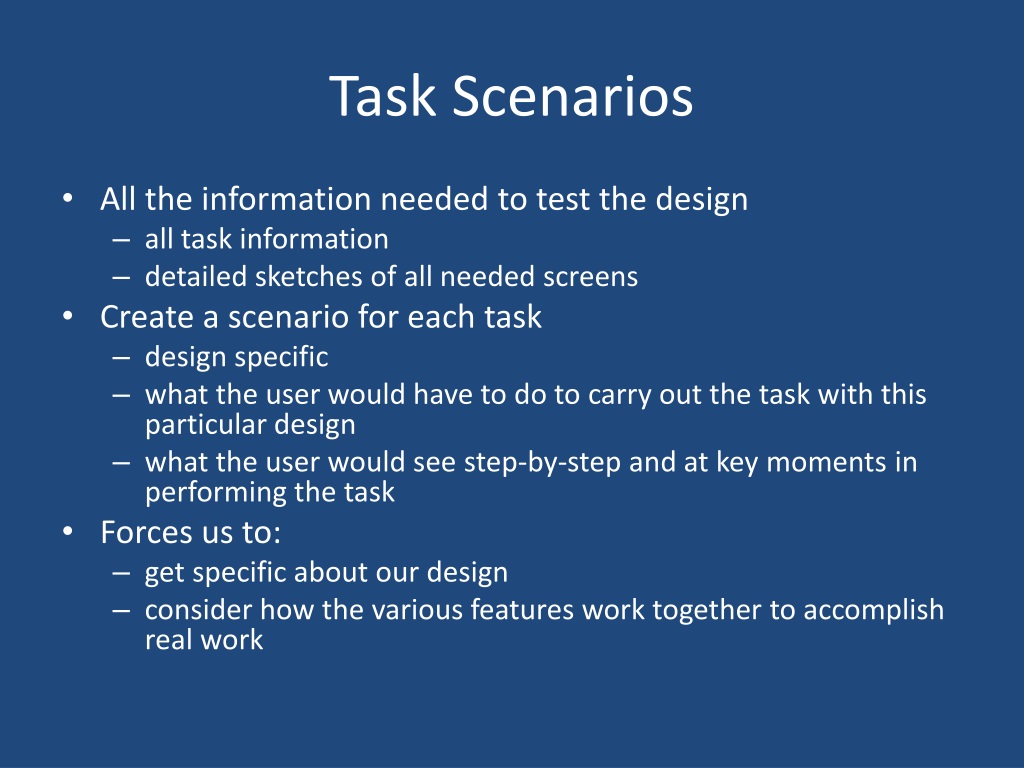
PPT TaskCentered User Interface Design PowerPoint Presentation, free download ID1521281
Task-oriented design is an approach to design that focuses on user task completion instead of designing with specific devices, features, aesthetics or technical considerations in mind. Users do not interact with a product with only one device; not all devices suit specific tasks.

PPT TaskCentered User Interface Design PowerPoint Presentation, free download ID1521281
Chapter 5: Testing The Design With Users. 5.1 Choosing Users to Test. HyperTopic: Ethical Concerns in Working with Test Users. 5.2 Selecting Tasks for Testing. Example: Test Users and Tasks for the Traffic Modelling System. 5.3 Providing a System for Test Users to Use. HyperTopic: Some Details on Mockups.

Task Management Dashboard UX/UI Design UpLabs
decide which of these tasks and users the design will support 3. Design base design representation & dialog sequences on these tasks 4. Walkthrough Evaluations using your design, walk through these tasks to test the interface Adapted from Lewis, C. and Rieman, J. (1993) Task-Centered User Interface Design: A Practical Introduction. http.

Design for users UI as an asset for UX Baianat
One of the most important steps in the design thinking or human-centered design (HCD) methodology is to define the users' problems. This means to clearly identify and articulate problems in the UX so that you can later begin the ideation process (i.e., generate great ideas on how to solve said problems). Task analysis is a simple exercise that UX designers can undertake during the definition.

The Process of HumanCentered Design User centered design, User experience design, Interaction
Task-centered User Interface Design: A Practical Introduction. Clayton Lewis. University of Colorado, Boulder, Department of Computer Science, 1993 - Human-computer interaction - 138 pages. Bibliographic information. Title: Task-centered User Interface Design: A Practical Introduction: